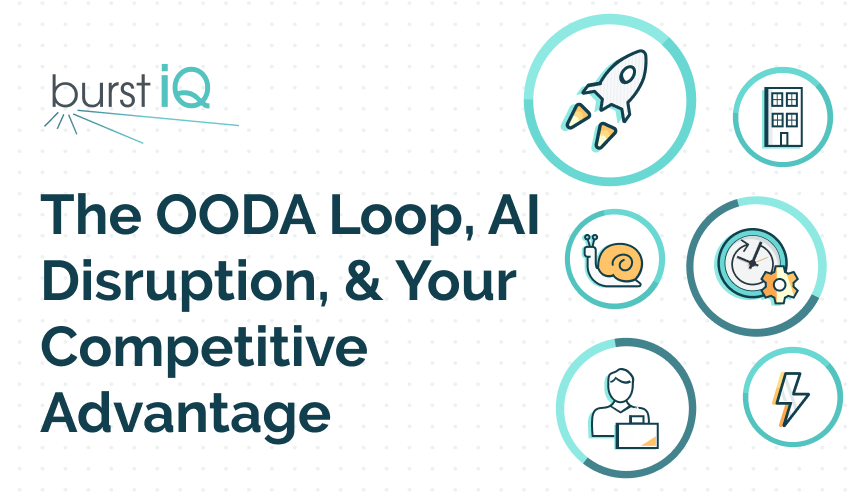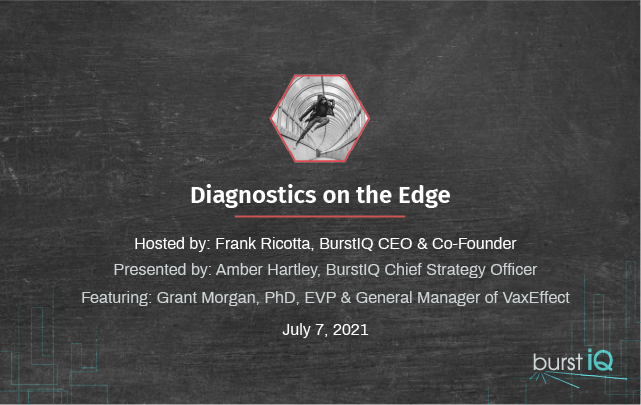Master Data Management Best Practices
Master Data Management Best Practices
Future-Proof Your Data Strategy: 9 MDM Best Practices Every Enterprise Should Follow
Future-Proof Your Data Strategy: 9 MDM Best Practices Every Enterprise Should Follow
Master Data Management (MDM) is the discipline, technologies, and processes used to ensure the uniformity, accuracy, stewardship, and accountability of an organization’s shared, critical data assets—like customer, product, supplier, employee, and location data.
In plain terms: MDM creates a single, trusted “source of truth” for core data entities across siloed systems, making data consistent and reliable for operational, analytical, and AI-driven decision-making.
Best Practices for Modern MDM in Today’s Digital Climate
Today’s enterprises are data-led. Success hinges on more than just collecting information. As organizations race to modernize their systems, fuel AI initiatives, and meet ever-stricter compliance requirements, MDM has emerged as a critical enabler.
Modern MDM isn’t just about centralizing data—it’s about creating a unified, trusted foundation that drives real business outcomes. When done right, MDM breaks down silos, improves data quality, and unlocks the full potential of your digital ecosystem.
READ: A Guide to Master Data Management
The following best practices offer a modern blueprint for building a resilient, future-proof MDM program—one that’s not just technically sound, but deeply tied to the value your organization delivers.
1. Start with Business Value, Not Just IT
- Tie MDM efforts directly to business outcomes such as improving customer experience, speeding up onboarding, or regulatory compliance.
- Identify pain points where dirty or fragmented data causes real harm.
- Collaborate with business stakeholders early to define success metrics for MDM initiatives, ensuring alignment with revenue growth, operational efficiency, or risk reduction goals.
2. Establish Strong Data Governance & Ownership
- Assign clear data stewards and data owners with accountability for data quality.
- Use data governance frameworks that align with privacy, compliance, and ethical use of data.
3. Define and Enforce a Common Data Model
- Standardize definitions for key data elements across the enterprise (e.g., what counts as an “active customer”?).
- Use metadata management and semantic consistency.
- Establish cross-functional data modeling practices that incorporate input from business, IT, and data governance teams to ensure the model supports both operational needs and analytical use cases.
4. Prioritize Data Quality from Day One
- Cleanse, deduplicate, and enrich data early in the pipeline.
- Monitor for accuracy, completeness, and timeliness continuously.
5. Leverage Modern, Scalable MDM Platforms
- Choose cloud-native, API-first MDM solutions, such as BurstIQ’s LifeGraph, that integrate easily with SaaS, data lakes, and real-time streams.
- Consider graph-based MDM models for complex relationships and AI-readiness.
6. Enable Interoperability Across the Stack
- Ensure MDM can interface with legacy systems, ERP, CRM, marketing automation, and AI platforms.
- Use master data as a bridge layer for federated or hybrid data architectures.
- Adopt open standards and data exchange protocols (such as RESTful APIs, JSON, and XML) where applicable to support seamless integration and reduce vendor lock-in across diverse environments.
7. Incorporate Privacy, Security, and Compliance by Design
- Embed GDPR, HIPAA, CCPA, and other compliance logic into MDM rulesets.
- Use blockchain or audit trails where high trust and traceability are needed.
- Implement role-based access controls (RBAC) and data masking to ensure sensitive master data is only accessible to authorized users and systems.
8. Support Real-Time and AI-Driven Use Cases
- MDM isn’t just batch anymore—support event-driven sync and real-time access.
- Feed clean, labeled, structured master data into machine learning and generative AI models.
9. Evolve MDM as a Product, Not a Project
- Treat MDM as an ongoing service with a product owner, roadmap, and iteration cycles—not a one-and-done IT initiative.
- Regularly gather feedback from data consumers—across business units, analytics teams, and IT—to guide feature enhancements and prioritize improvements.
- Invest in continuous monitoring, KPIs, and data health dashboards to track MDM performance and demonstrate business impact over time.
In a data-fueled, now AI-powered world, MDM is foundational. Done right, it’s the backbone of trustworthy data, smarter automation, and better decision-making throughout your entire organization—and that’s not an overstatement.
As data volume, velocity, and variety continue to surge, so does the complexity of managing them. Without a unified view of critical data entities, organizations risk making decisions on incomplete, outdated, or conflicting information.
That’s a fast path to eroded trust, both internally and externally.
Moreover, AI and advanced analytics rely on high-quality, well-structured data to deliver meaningful insights. Feeding fragmented or inconsistent data into your models not only reduces their accuracy but can also introduce bias or compliance risk.
Practicing MDM best practices solves this by aligning people, processes, and technology around a shared data foundation. Read more on MDM implementation.

